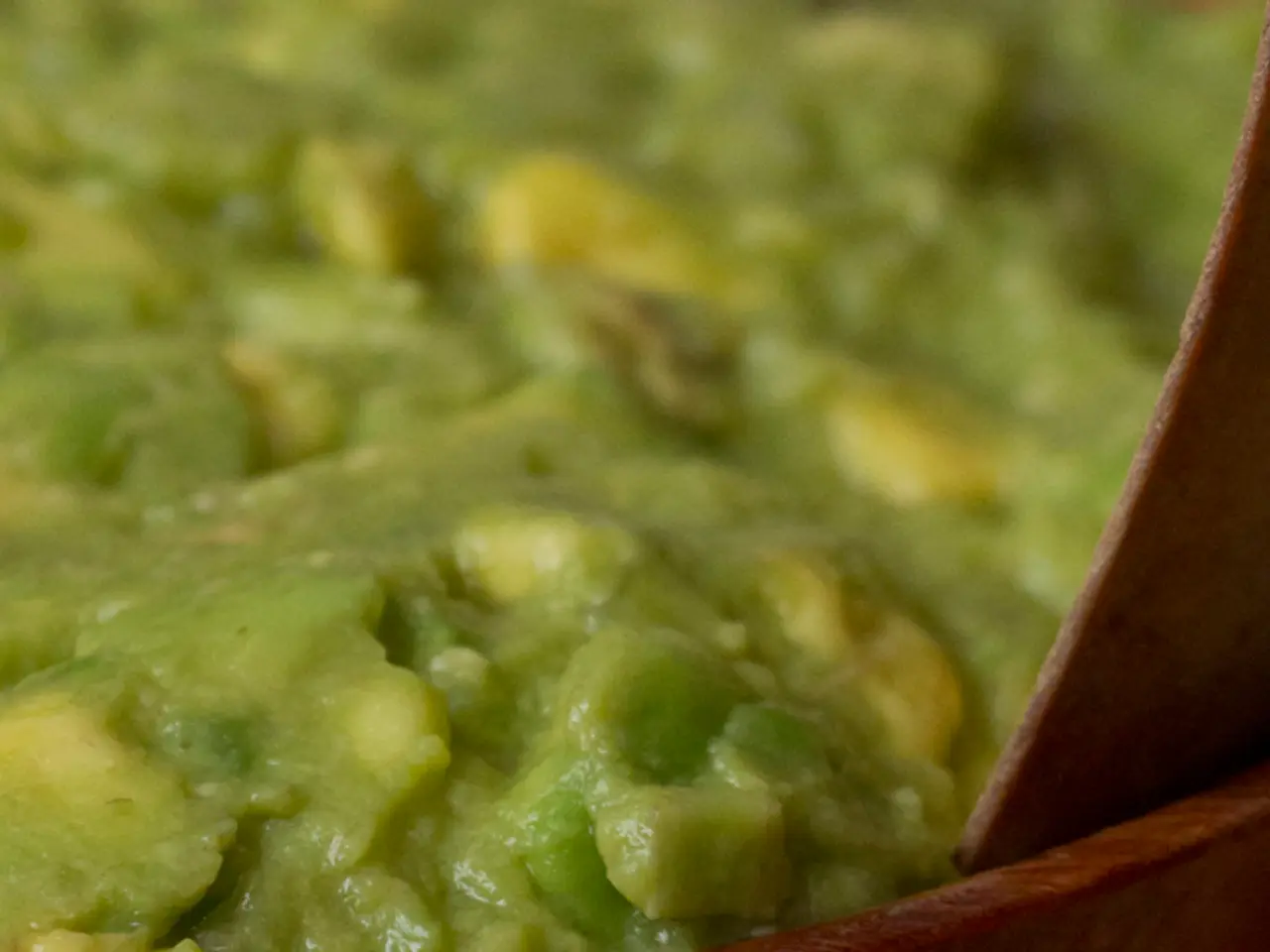Exploration of Pressure-Intensive Methodologies in Food Production Sector
High-pressure processing (HPP) is a groundbreaking food pasteurization method that is gaining traction worldwide. This innovative technique uses elevated pressures, up to 87,000 pounds per square inch, to alter food attributes and inactivate harmful and spoilage microorganisms.
HPP is a batch operation where the product is packaged in a flexible container, loaded into a high-pressure chamber filled with a pressure-transmitting fluid, and subjected to pressure for a specific time before being depressurized. This process is versatile, suitable for a variety of value-added liquid, semi-solid, and solid foods such as deli meat, guacamole, seafood, ready-to-eat meals, sauces, juices and beverages, jams, salsa, pet foods, baby foods, fruits, and vegetables.
One of the key advantages of HPP is its ability to preserve quality attributes, especially in heat-sensitive products. It provides an alternative means of killing bacteria, helping the food industry satisfy consumer demand for clean-label products. High pressure has various applications beyond food preservation, including meat tenderization, protein denaturation, nutrient infusion, freezing and thawing, extraction, and lipid crystallization.
Commercial-scale equipment for HPP is available with vessel volumes ranging from 35 to 525 liters. Notable manufacturers include Quintus Technologies, Hiperbaric, Avure Technologies, and ThyssenKrupp. As demand for HPP equipment grows, the capital cost and operating cost will continue to decrease.
Factory production rates above 40 million pounds per year are now in operation for HPP processing. The processed liquid is discharged into an aseptic storage tank and transferred to a filling line after high-pressure processing. High-pressure treatment modifies the cellular morphology of microorganisms and damages cell membranes, ribosomes, and enzymes, including those involved in DNA replication and transcriptions. However, HPP does not break the covalent bonds in foods and therefore has a limited effect on low-molecular-weight compounds such as flavor compounds, vitamins, and pigments.
High-pressure equipment design is a mature technology, originating in the chemical processing industry, and most high-pressure vessels are manufactured under boiler and pressure vessel code guidelines established by the American Society of Mechanical Engineers (ASME). There are several research facilities throughout the United States and Europe where food processors can evaluate HPP technology, such as The Ohio State University Center for Clean Food Process Technology Development.
A recent study estimated the cost for HPP pasteurization to be 10.7 cents/L for a processing capacity of 3,000 L/h (792.5 gal/h), while the cost for comparable thermal treatment is 1.5 cents/L. Depending on the volume of the vessel and extent of automation, costs for HPP processing range from $500,000-$4,000,000 USD.
An exciting development in the field is the emergence of ultrashear technology (UST), a next-generation, continuous high-pressure processing method for treating liquid foods. UST offers benefits such as particle size reduction and changes in rheological, emulsification, and homogenization characteristics.
Companies like Parr Instrument Company, Thar Process, and SP Scientific offer commercial-scale equipment for high-pressure processes. HPP treatment can extend the shelf life of food products up to 120 days depending upon the choice of process parameters and product formulation. With its ability to preserve food quality while ensuring safety, HPP is set to play a significant role in the future of the food industry.
Read also:
- Nightly sweat episodes linked to GERD: Crucial insights explained
- Antitussives: List of Examples, Functions, Adverse Reactions, and Additional Details
- Asthma Diagnosis: Exploring FeNO Tests and Related Treatments
- Unfortunate Financial Disarray for a Family from California After an Expensive Emergency Room Visit with Their Burned Infant








